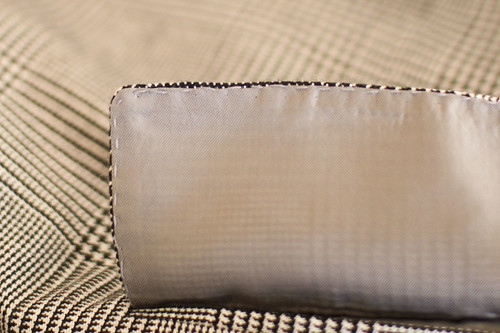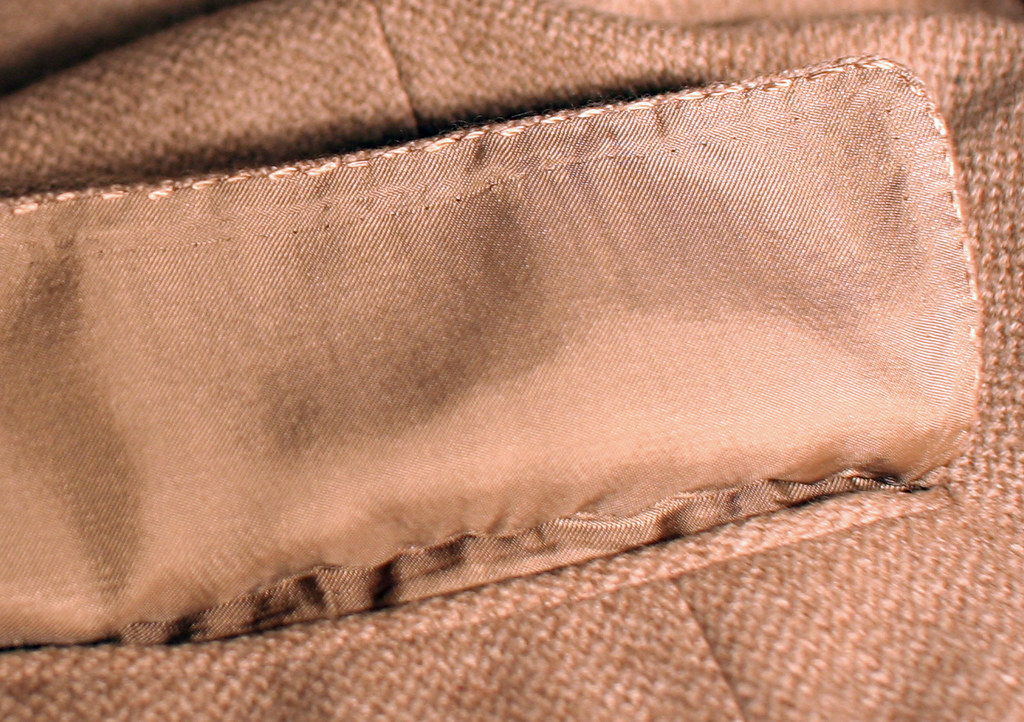- Joined
- Aug 25, 2008
- Messages
- 1,633
- Reaction score
- 877
When working by hand, I guess it's possible that some people may use a running stitch on some parts (the AMF etc. stitch is a running stitch), I was taught that it is a back stitch everywhere.
^Great post as usual!
I have a question about pickstitching,
In the lapel do you usually use a real backstitch or a running stitch like the one used for pocket flaps?
Thanks
When working by hand, I guess it's possible that some people may use a running stitch on some parts (the AMF etc. stitch is a running stitch), I was taught that it is a back stitch everywhere.




